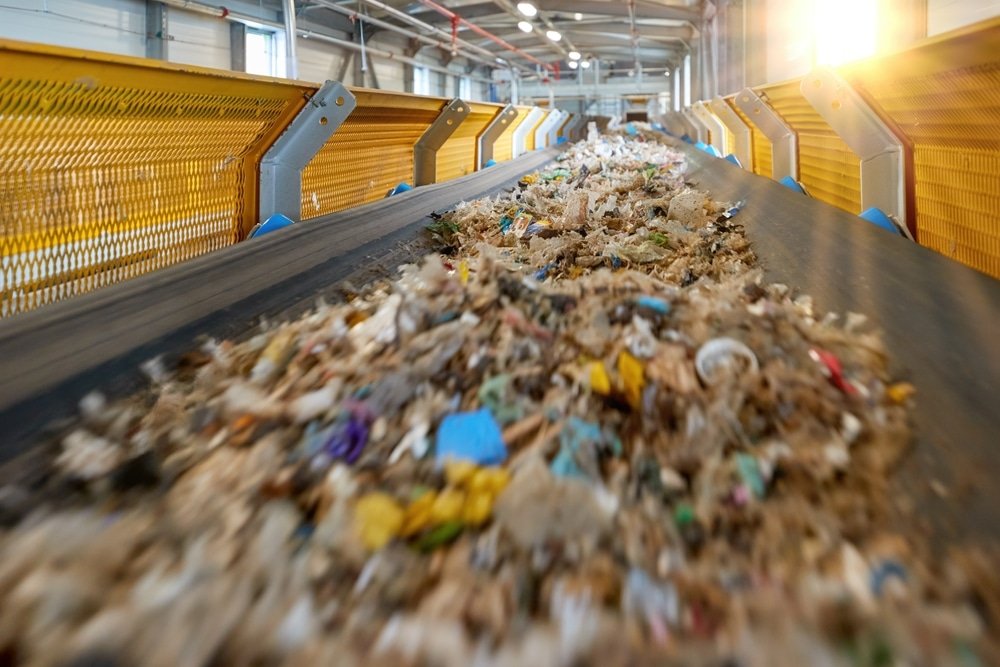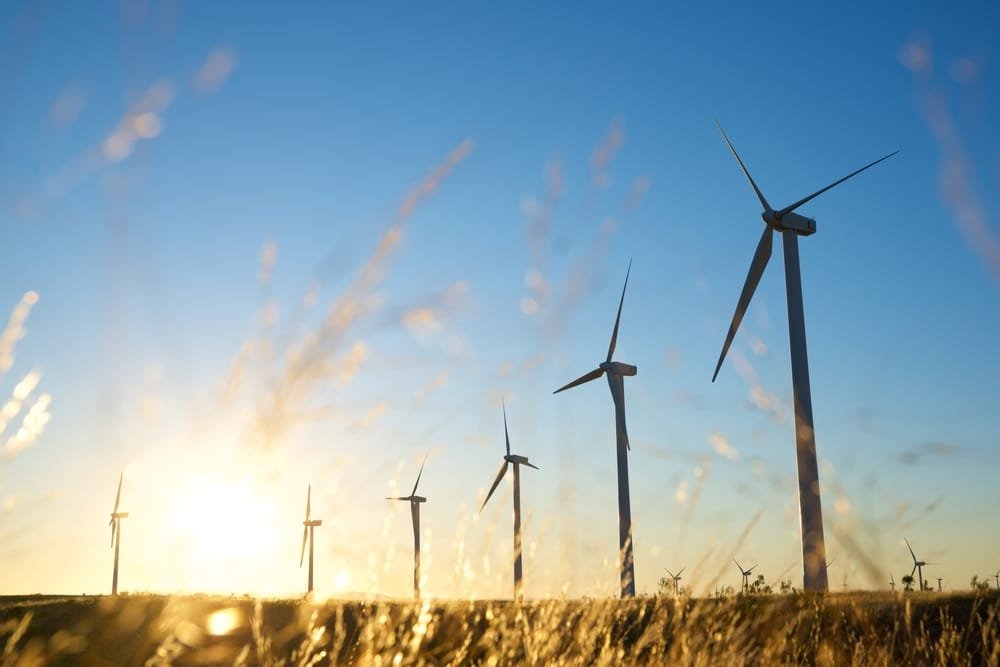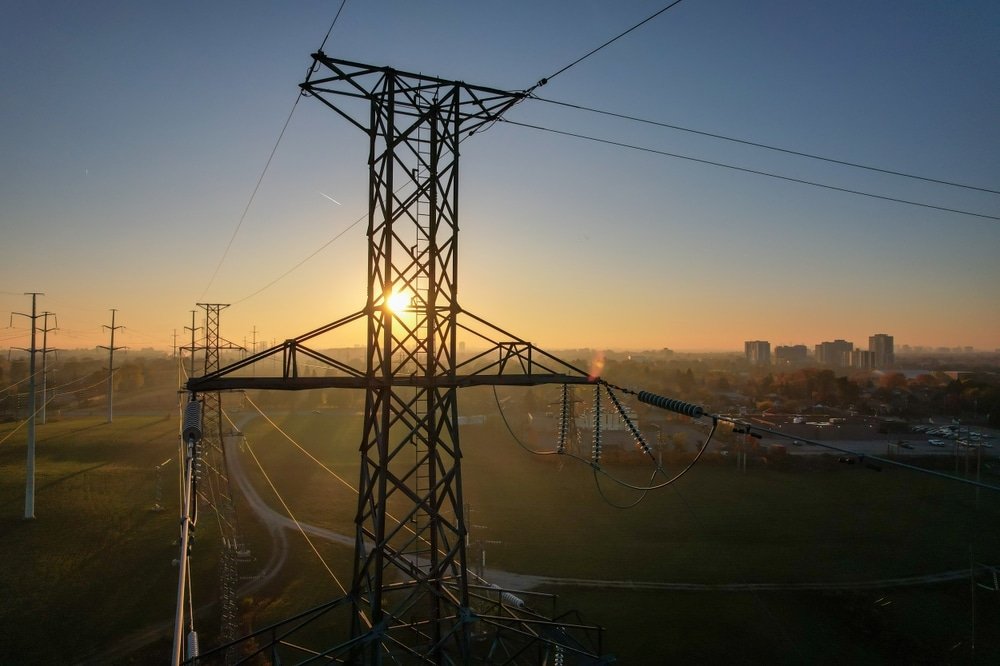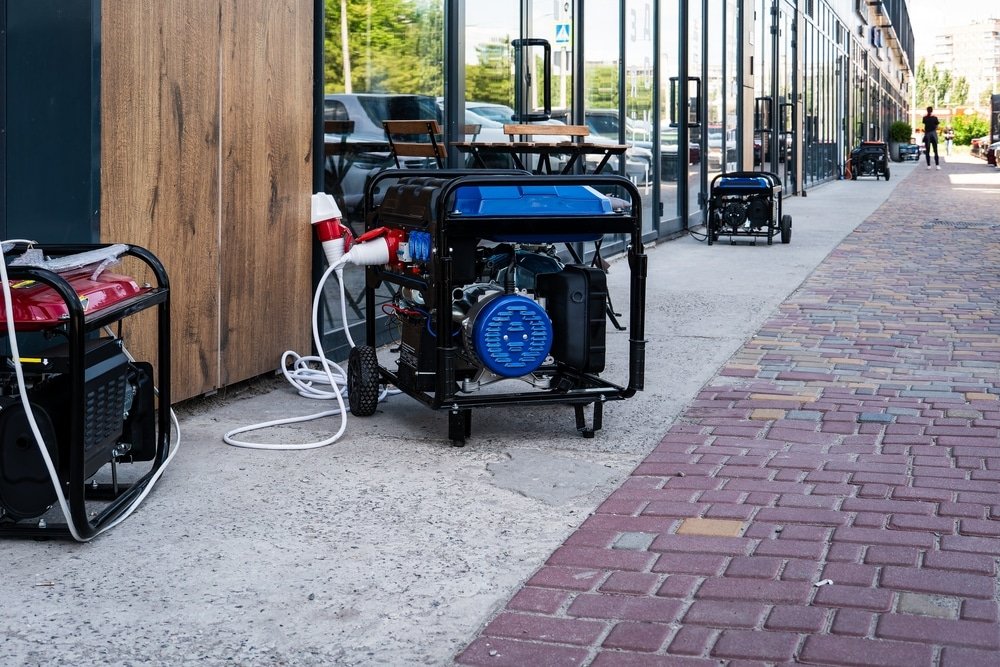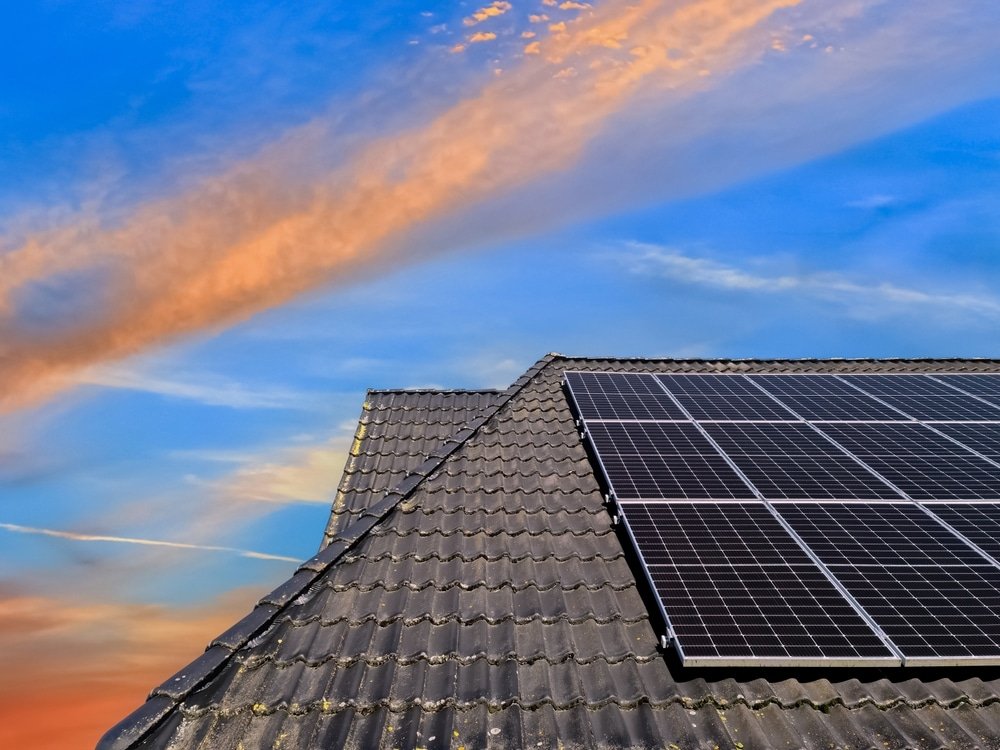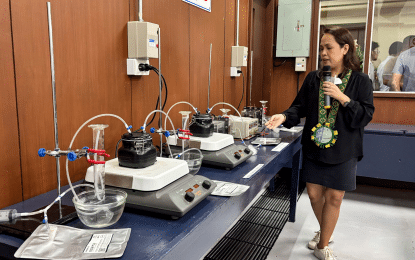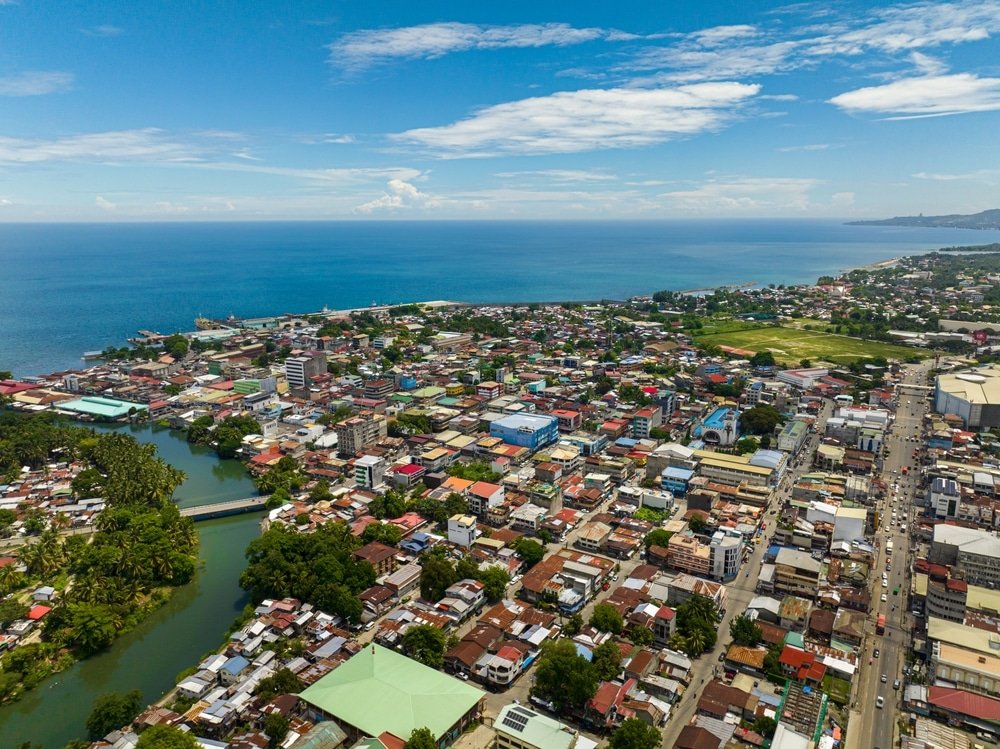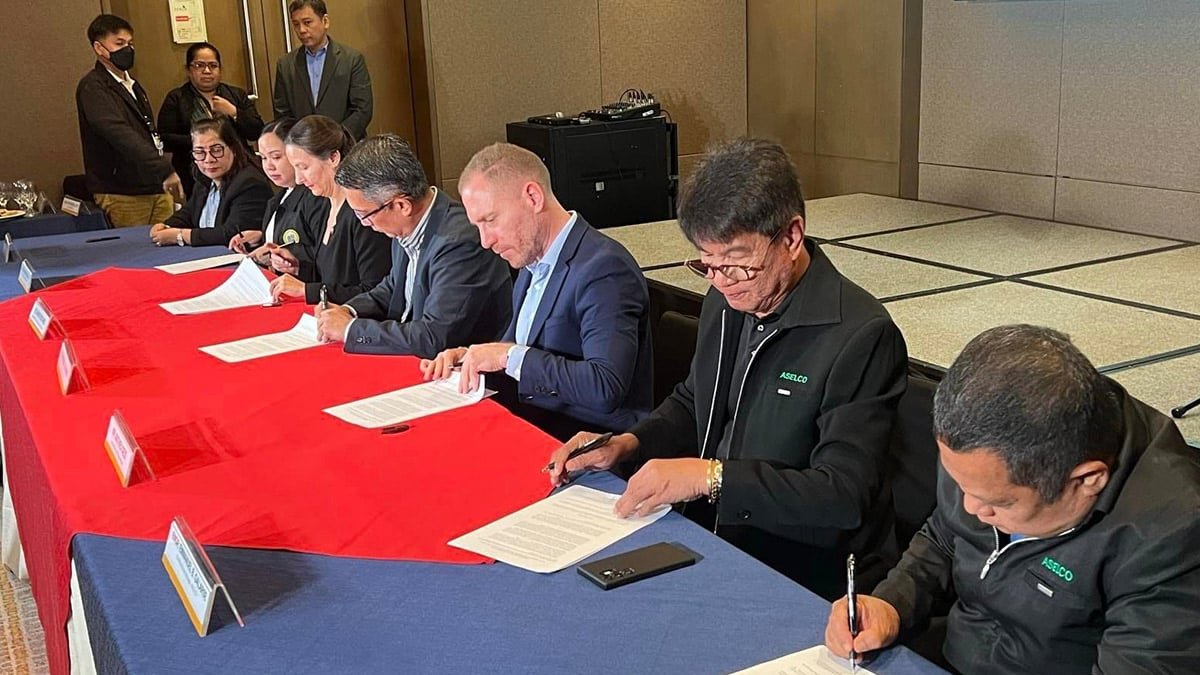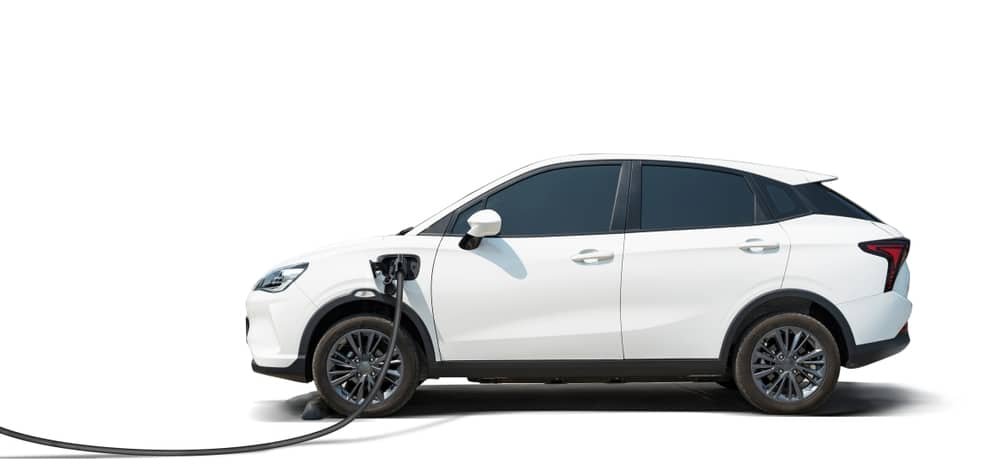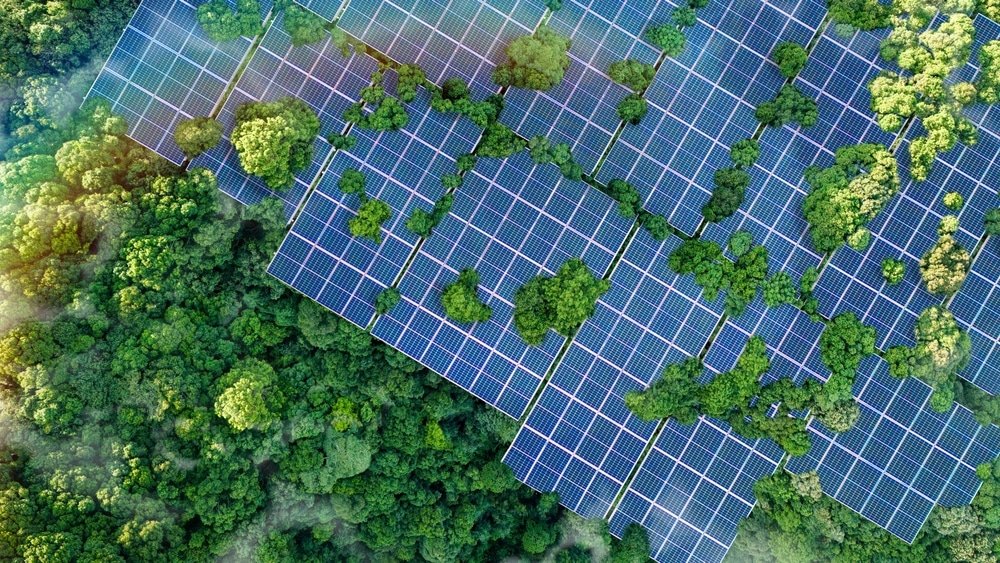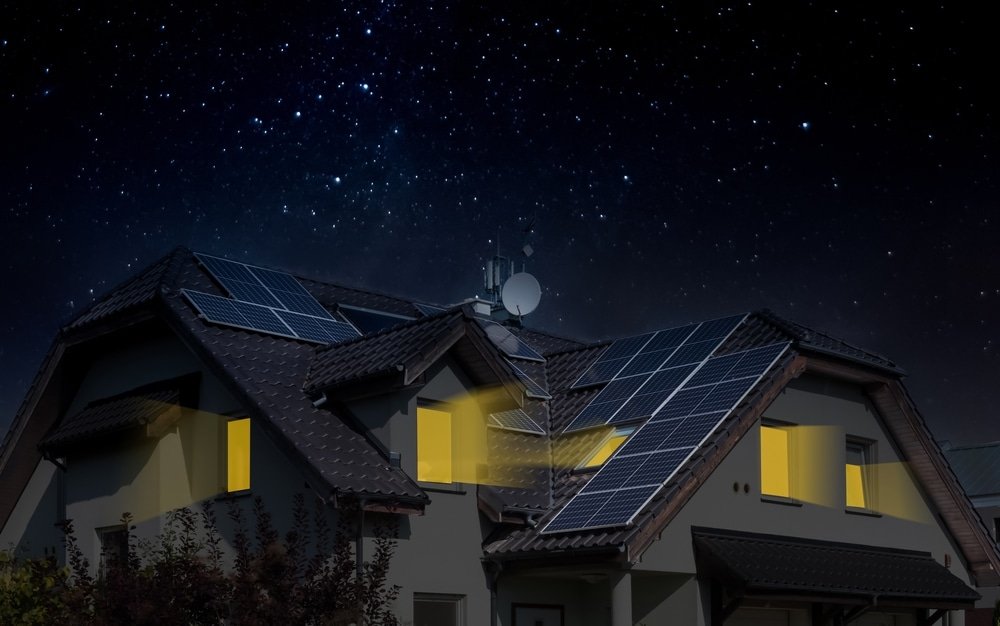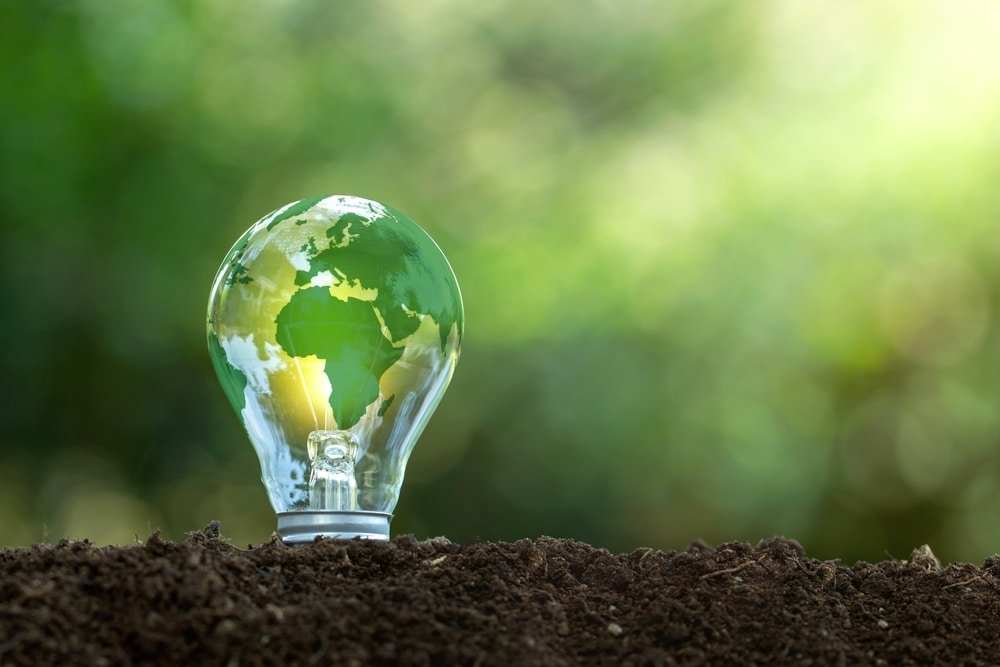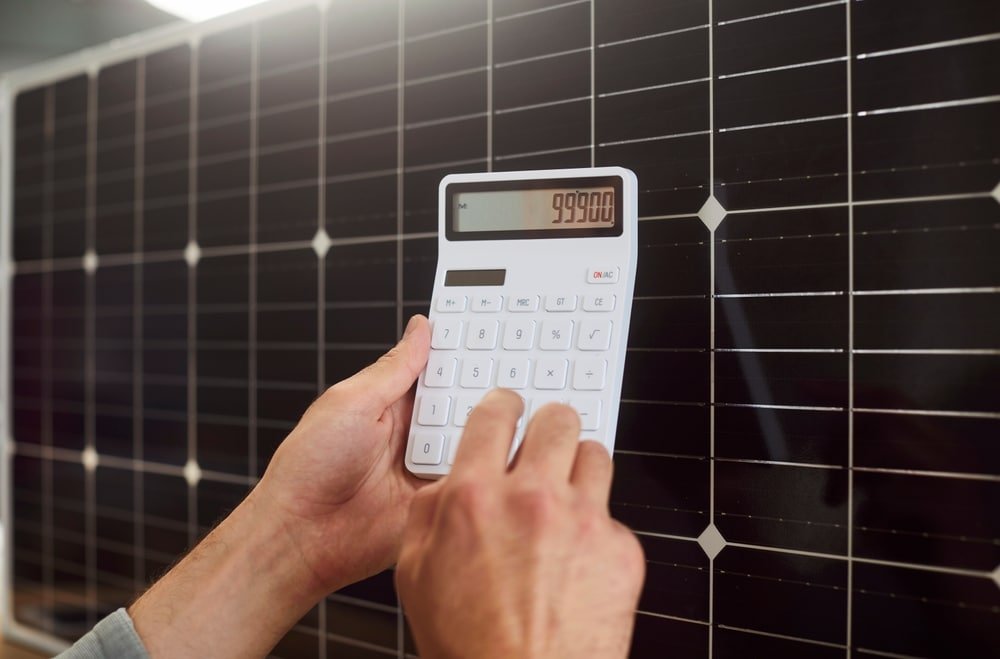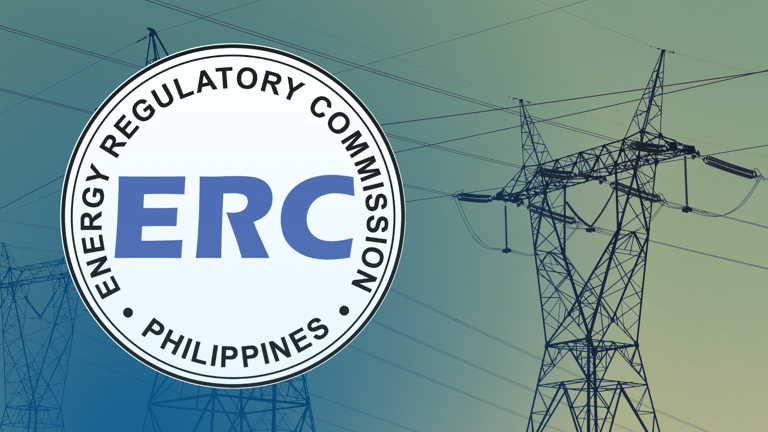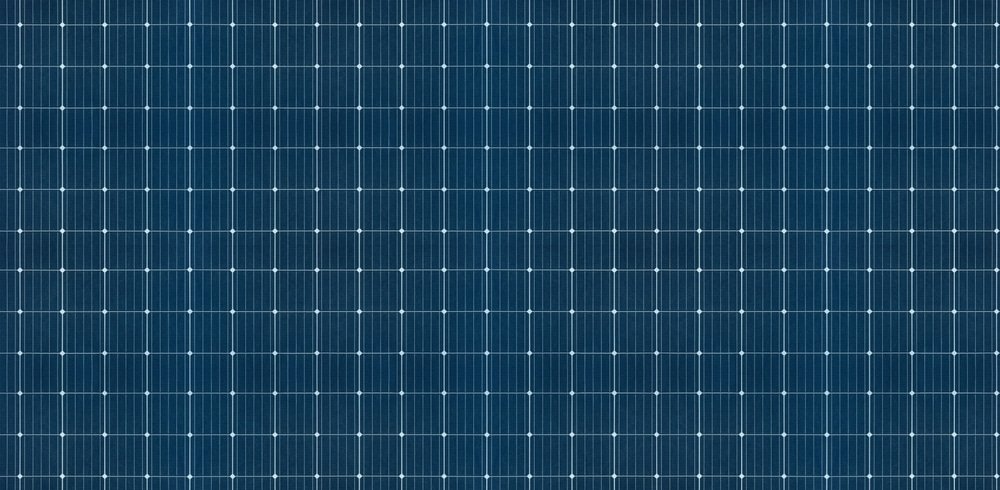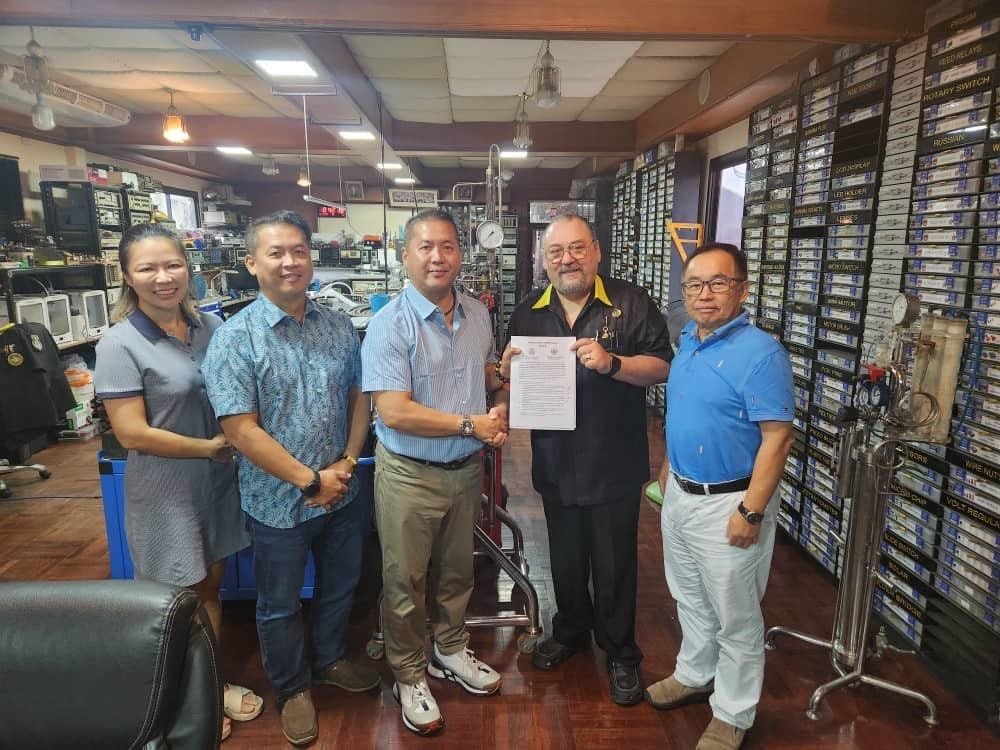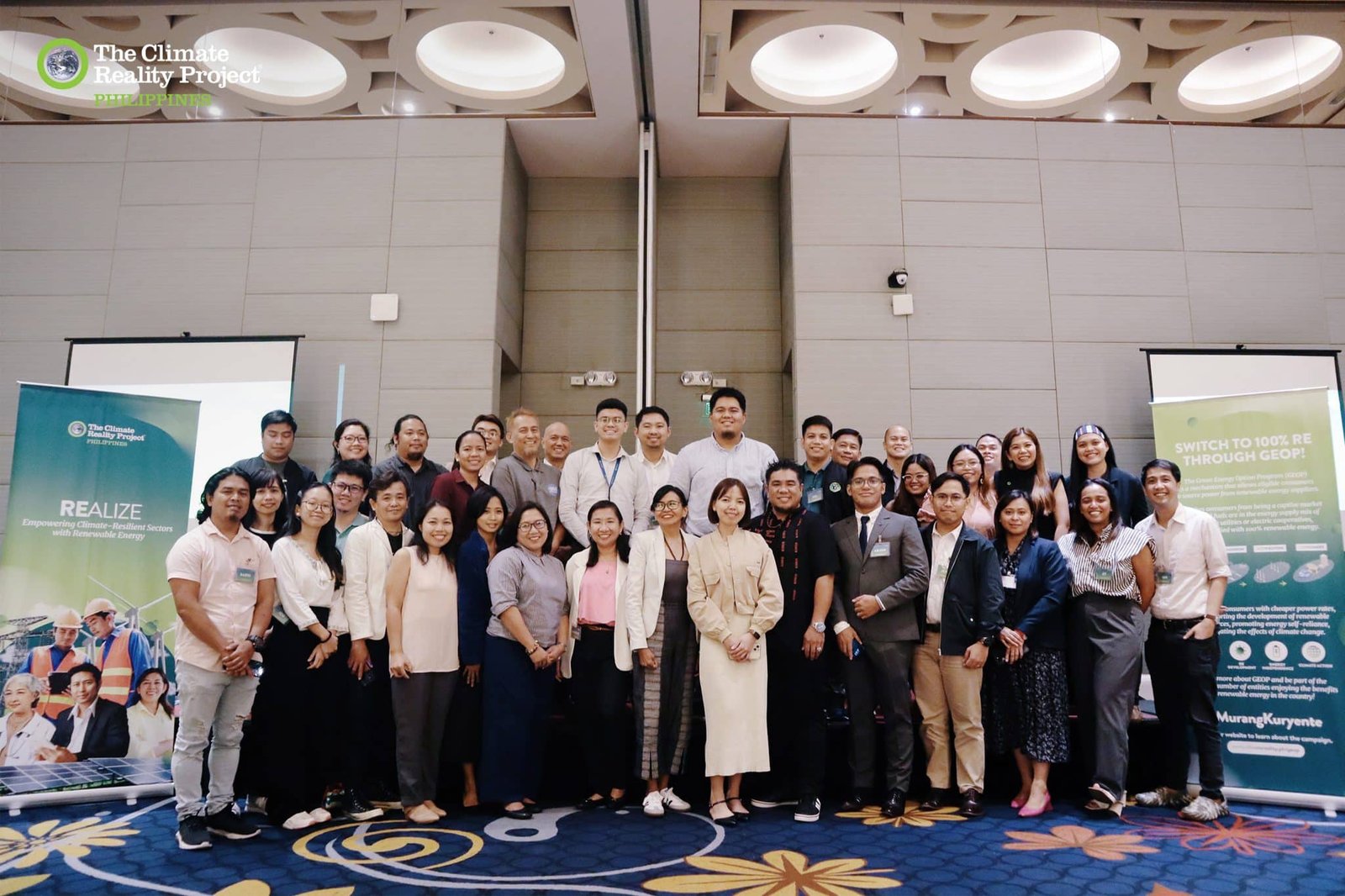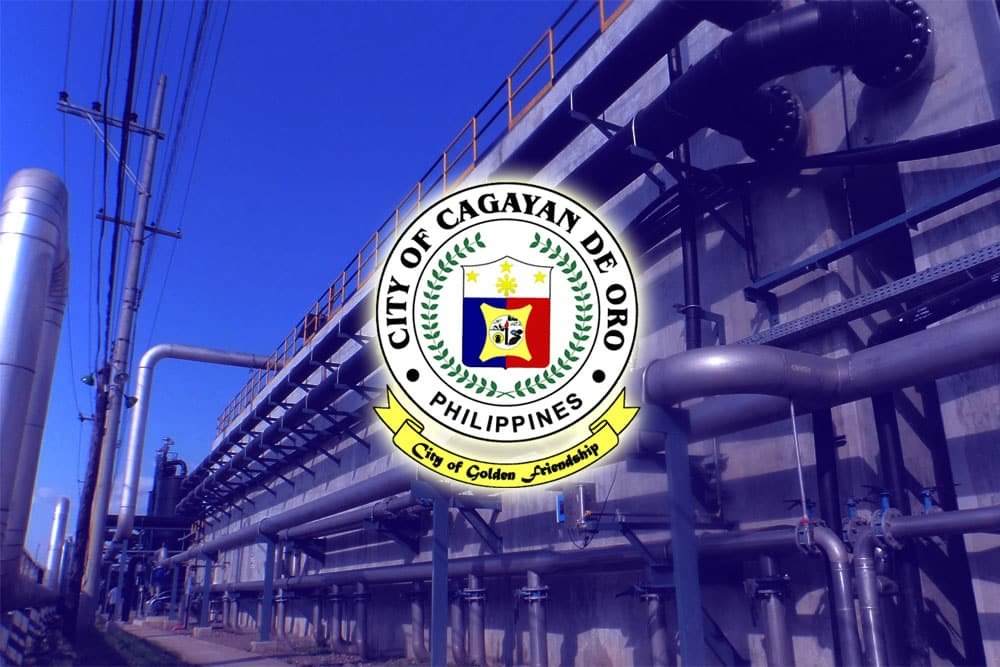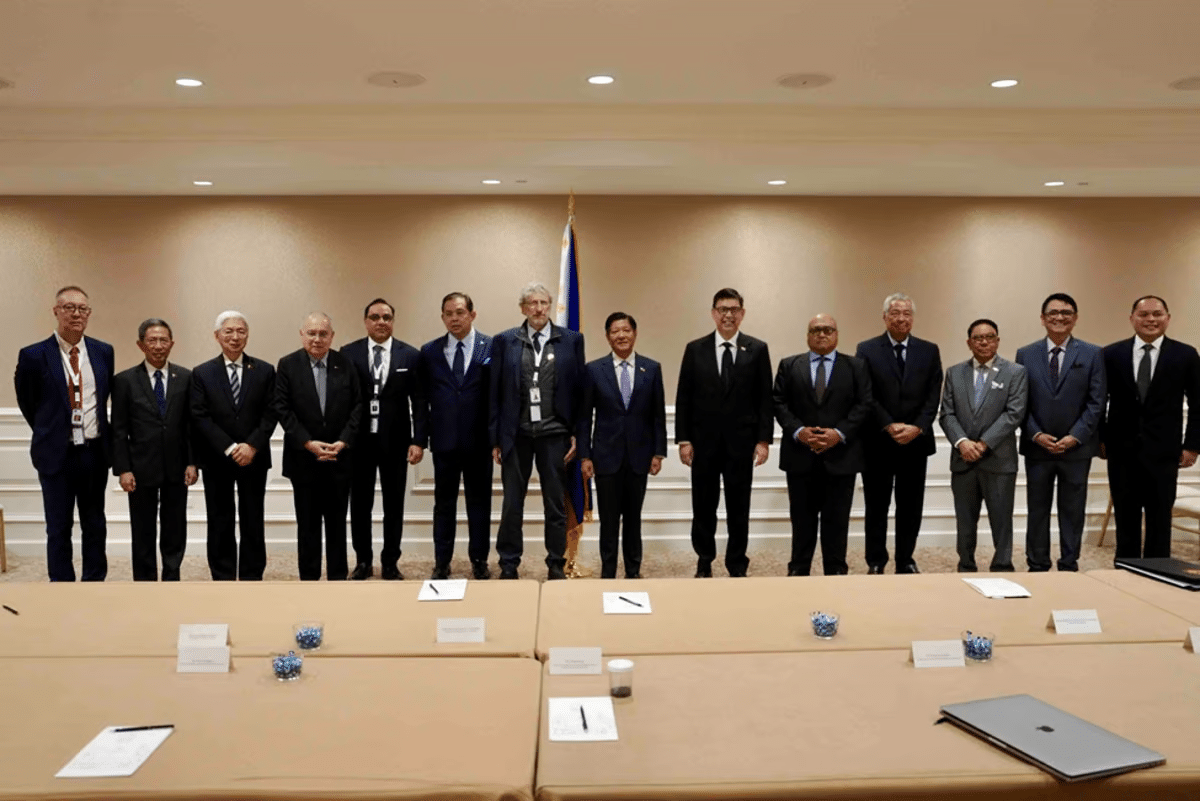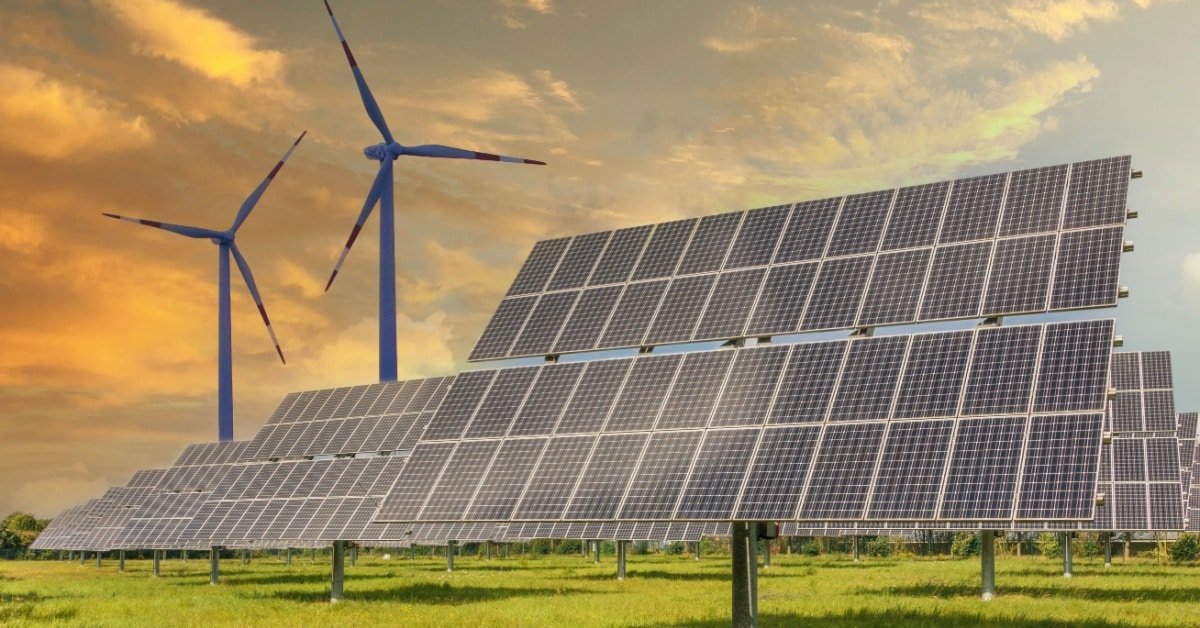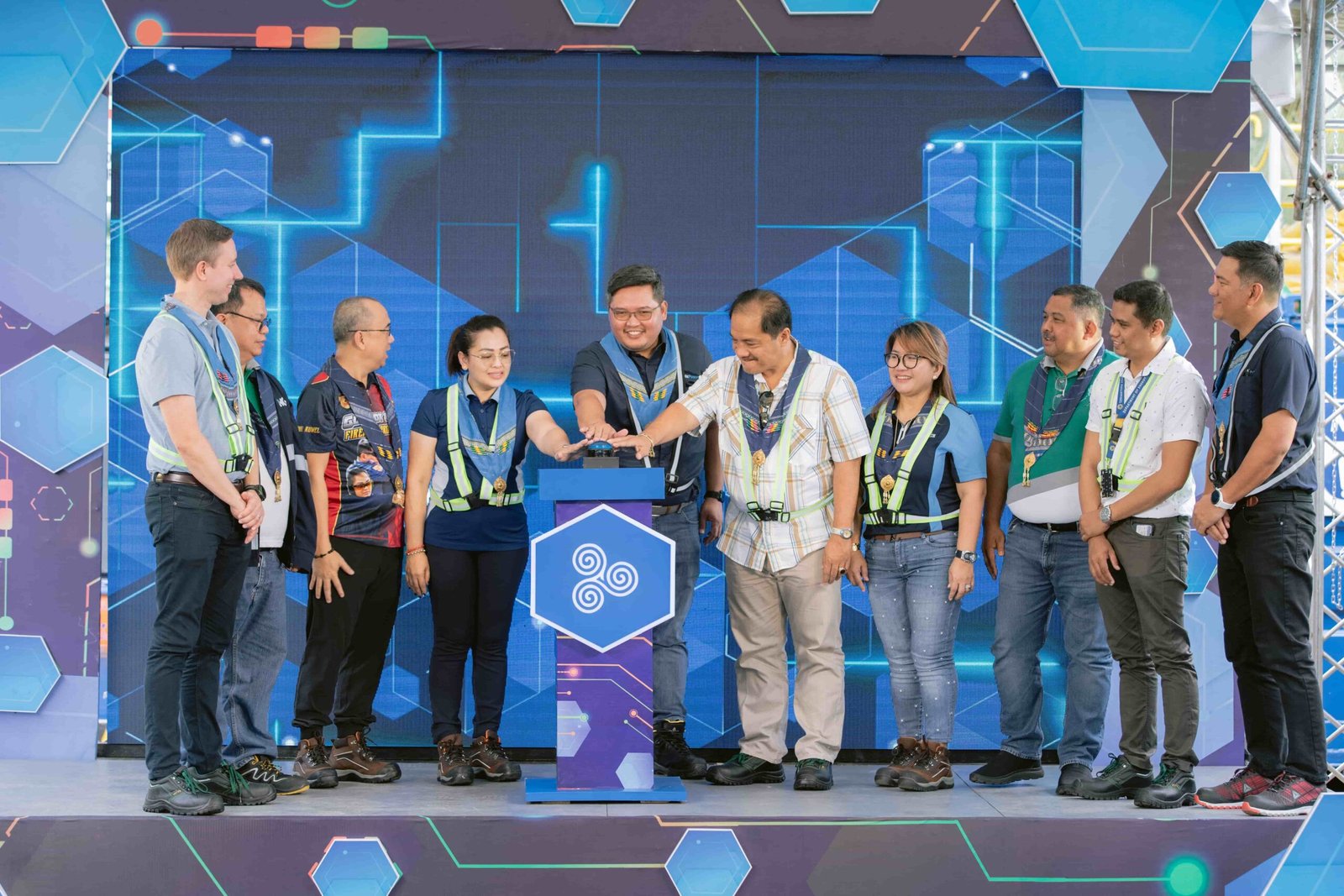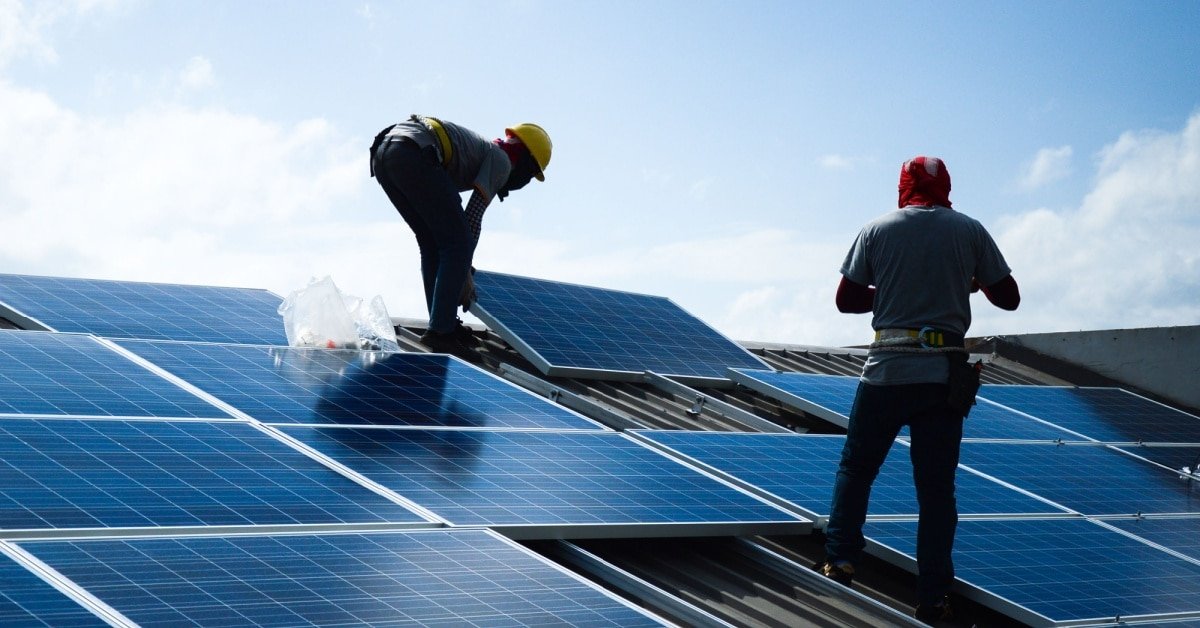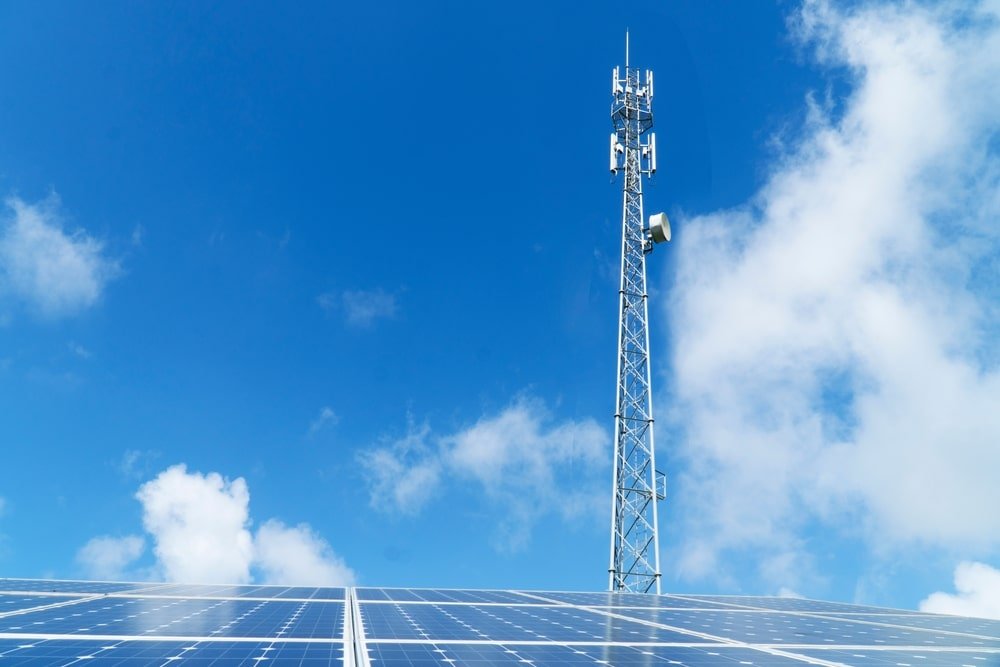
Globe Telecom is stepping up its clean energy transition with 33 high-energy utilization sites now running on renewable power, marking its first deployment of clean energy-powered facilities in Mindanao.
The company also announced plans to expand this number to over 150 sites within the next two years, reinforcing its long-term commitment to reducing emissions and shifting its network toward more sustainable energy sources.
The initiative forms part of Globe’s wider sustainability strategy, unveiled in conjunction with its World Environment Day activities.
“Renewable energy has been a real, operational commitment for us for the past six years,” said Yoly Crisanto, Globe’s chief sustainability and corporate communications officer.
“Each site we shift to clean power isn’t just about reducing emissions — it’s about building a future-proof network that puts people and the planet first,” Crisanto continued.
(Also read: Why Energy Storage Systems Are Vital to Renewable Energy)
RCOA enables Globe’s RE targets
Globe partners with licensed Retail Electricity Suppliers (RES) to procure energy from off-site solar, wind, hydro, and geothermal facilities. This clean power is delivered via the electricity grid through the Retail Competition and Open Access (RCOA) mechanism and the Green Energy Option Program (GEOP).
Introduced in Mindanao last year, the RCOA program allows businesses with a peak demand of 500 kilowatts or more to choose their electricity providers. Meanwhile, the GEOP caters to facilities with a minimum demand of 100 kilowatts.
(Also read: Coca-Cola Adopts Competitive Power Market for Sustainable Energy in Mindanao Plants)
As a result of these initiatives, renewable energy now accounts for 24 percent of Globe’s total electricity consumption, up from 14 percent in 2021. The company has also shifted its corporate offices and mixed-use facilities to clean power sources.
To further advance its shift to clean energy, Globe plans to secure more Power Purchase Agreements (PPAs), expand the use of on-site solar power systems, and participate in the Retail Aggregation Program (RAP), which enables neighboring end-users to combine their electricity demand and optimize the benefits of the RCOA framework.
These measures contribute to Globe’s Science-Based Targets initiative (SBTi)-validated commitments, which include reducing Scope 1 and 2 emissions by 42 percent and Scope 3 emissions by 25 percent by 2030, using 2021 as the baseline year. The company is also aiming for a 90-percent cut in total emissions across all scopes by 2050.
Sources:
https://insiderph.com/globe-steps-up-green-shift-powers-more-sites-with-renewable-energy
https://backendnews.net/globe-powers-33-mindanao-sites-with-clean-energy/
https://www.wesm.ph/market-development/retail
https://www.globe.com.ph/about-us/sustainability/race-to-net-zero#gref









